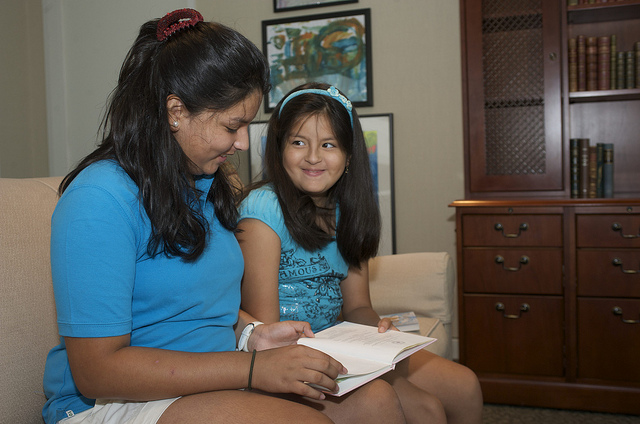We are at a rare moment when public opinion and education research are aligned in California and we need to seize the day. A recent poll showed that 67% of Californian’s supported increased taxes on the wealthy to fund early childhood programs. Almost simultaneously Education Week reported on a remarkable study out of Chicago showing that quality early childhood support paid significant dividends to individuals and society. Specifically, Child-Parent Education Centers (CPCs) returned investments at greater than a 10 to 1 for the public and had cumulative returns of 900% for the individuals.
Money, well spent, really matters in education. And there are investments we can make that demonstrably pay off financially, not to mention the humane benefits of not living in poverty, and having the tools to be empowered.
I have often critiqued California’s school funding as being too low and highly inequitable. To which many readers point out that there is wasted money in the schools and school system. And this isn’t an excuse for waste, which occurs everywhere, but it is a case for proactive investment in things we know work.
A program that pays off
Education week reviewed the success of Chicago’s Child-Parent Education Centers, which have been operating since 1967, noting outstanding success,
CPC has one of the highest economic returns of any public or private financial investment. Cost-benefit analyses have shown that for every dollar invested, more than $10 is returned in cost savings in the areas of remedial education and criminal justice, coupled with an increase in economic well-being and tax revenues. That is an inflation-adjusted annual return of 18 percent over a child’s lifetime, a cumulative return of 900 percent… The strong success of the program’s first generation of schools was evident early on. Graduates performed on average six months ahead of their nonprogram peers in school-readiness skills. This success has been reproduced in the current program expansion. That and other impacts—such as higher rates of high school diploma attainment and college graduation, lower rates of crime and health-compromising behaviors, and greater economic well-being—have been sustained for decades.
These centers are working and they continue to work as the program grows. It is important to look at the structure for clues to their success, and there are some obvious though underutilized gems that we should take away. I particularly appreciate the inter-generational (they are “parent-child” centers) and collaborative approach with families, again from Edweek,
After five decades and more than 250,000 families served, the CPC program is arguably one of the nation’s most effective social programs. Now in its third generation as a P-3 school-reform model, the program and its unique success provide an approach and set of action steps to innovate in education to produce even better investment returns. Collaborative leadership, engaged learning, small classes, and comprehensive family and instructional supports are core elements.
Developing and growing high quality programs is always challenging, but the elements here are relatively simple, and don’t rely on bells and whistles, but relationships and responsiveness. Everything they are doing there we could be doing here.
The Public Supports these Investments
The latest polling from the Latino Policy Coalition and the CA NAACP shows strong support for investments in early childhood, and hopefully will move us to action.
The statewide poll was around a specific ballot measure that would provide,
$1.5 billion dollars in annual funding to increase living wages for teachers and educational staff; expand the availability of early childhood education for working parents; and improve classrooms and educational facilities.
Which 67% of likely voters agreed with, alongside some other findings of general support for investments in Early Childhood Education, specifically,
- 75% say early childhood education programs are effective in preparing children ages 0-5 for school.
- 78% say California has a great, some or a little need for additional funding for early childhood education. Just 14% say there is no need for additional funding.
- 80% support using funding to improve existing early childhood education programs
So the public believes in the effectiveness of early childhood education, there is strong evidence that quality programs deliver tangible benefits to individuals and society and we have working models that we can draw from.
Why don’t we do this?
That’s a damn good question.

